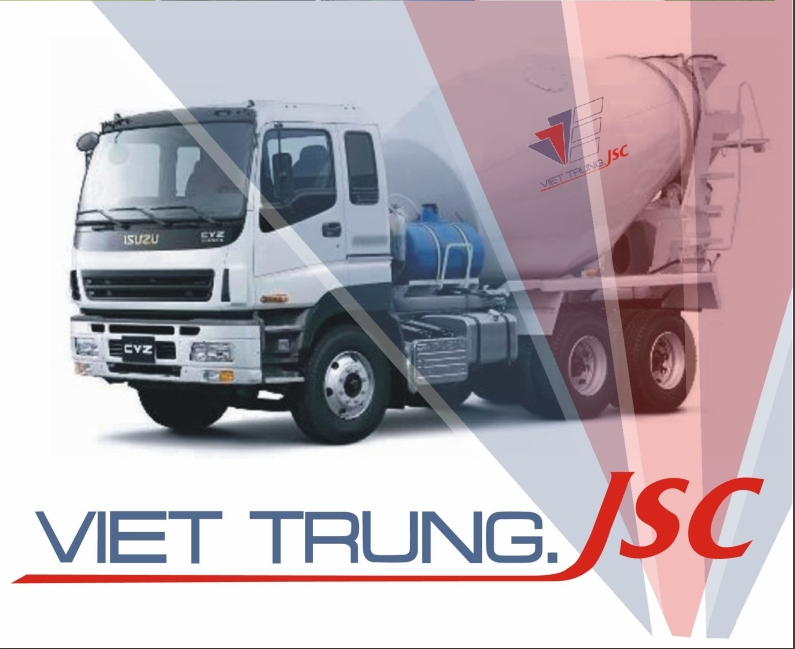What’s A Hybrid Integration Platform Hip Architecture?
Whenever potential, leverage sources and libraries native to your hybrid framework, such as Apache/Cordova plugins, Angular Modules, or Ionic plugins, to reinforce performance and reliability. Additionally, third-party libraries could introduce bugs or compatibility issues. Before integrating any library, conduct thorough testing and validation to ensure reliability and decrease future replace disruptions. Connecting poorly documented on-premise applied sciences is a troublesome task, so working with a vendor that has expertise could be helpful.
Its particularity is that provides a unified answer for API management, design, and publishing, facilitating seamless integration throughout numerous systems. Till just lately, hybrid integration capabilities have been piecemeal, relying on different components inside stand-alone instruments such as API administration, iPaaS, and ESB solutions. Right Now enterprises are deploying purpose-built technology tailor-made to hybrid environments the place on-premises and cloud-based functions easily coexist to assist the enterprise. The Enterprise Service Bus (ESB) in a Hybrid Integration Platform serves as the critical infrastructure that permits seamless interactions between diversified purposes and providers.

Assess every aspect, together with design, loading pace, and overall efficiency, to validate the app’s readiness for market deployment. Harness the capabilities of hybrid frameworks like Ionic to leverage local storage, optimizing app efficiency successfully. By storing data regionally and using caching mechanisms, you presumably can minimize server interactions and network requests, ensuring speedy data retrieval and seamless consumer experiences.
Simply like that, you’re ready to accommodate and run as many workloads as you need to. The want for HIPs stems from the various IT landscapes enterprises function in right now. These platforms present a unified approach to integration, allowing organizations to attach disparate methods, regardless of their location or architecture. Hybrid integration platforms (HIPs) are characterized by a quantity of important features that considerably enhance their functionality in comparison with conventional integration solutions. As the demand for hybrid connection options continues to rise, staying up to date on the latest tendencies and market data might be very important for IT managers. Moreover, the iPaaS market report indicates detailed segmentation by cloud kind, service kind, and industry verticals, offering useful context for banking IT managers seeking to navigate this growing market.
In this new landscape, traditional integration instruments often fall short—they are not outfitted to deal with the agility and scalability calls for of recent enterprises and multi-cloud IT landscapes. The growing complexity of IT environments—often composed of a mix of on-premises legacy techniques, cloud services, and SaaS solutions—make many traditional system integration strategies cumbersome and inefficient. Hybrid integration platforms cut back the amount of improvement time needed to get applications to work together. With time-saving practices such as low-code and drag-and-drop capabilities, much less time-consuming growth, permitting builders and designers to concentrate on digital transformation initiatives versus piecemeal coding tasks. Edge computing and other advances save critical processing time, enhancing speed across the complete enterprise. Most companies depend on hybrid integration to connect cloud and on-premises platforms, two opposing expertise fashions that don’t integrate intuitively.
Take, for instance, a world logistics firm that depends on vast quantities of knowledge for environment friendly fleet management and route optimization. Integrating the a quantity of databases, functions, and companies utilized by enterprise items with a HIP permits them to collect and analyze data from disparate sources in real-time. This enhanced data analysis informs important business selections, resulting in optimized routes, decreased fuel consumption, and improved operational performance. Hybrid Integration Platforms provide a robust and flexible resolution for modern enterprises, permitting them to overcome today’s integration challenges and adapt quickly to new opportunities.
For example, imagine your on-premises ERP system needs to send stock information to a cloud-based order administration system. A HIP can deal with this real-time messaging whereas guaranteeing that the data format is appropriate throughout each techniques. This ensures that your business processes—such as inventory management and order fulfillment—remain efficient and correct.
Need Help? Obtain: Edi Patrons Guide
A Hybrid Integration Platform (HIP) is an integration solution that combines on-premises and cloud-based integration capabilities. HIPs enable organizations to have a flexible and adaptable integration strategy that may evolve with their business wants. Looking ahead, the means ahead for hybrid integration platforms is poised for additional evolution, driven by tendencies corresponding to increased adoption of AI, enhanced safety measures, and the combination of IoT gadgets. By choosing the right HIP, organizations can place themselves to tackle present challenges whereas making ready for future success. Current knowledge reveals that organizations utilizing https://www.globalcloudteam.com/ Avato’s hybrid unification system report enhanced operational efficiency and decreased unification times.
Extreme libraries can compromise app efficiency, leading to a less-than-optimal user expertise. Also, follow finest practices for UI optimization to ensure a easy and environment friendly user expertise. Hybrid app improvement tools that aren’t up to date frequently or face frequent glitches can become a serious inconvenience.
Centralized management and administration at scale helps organizations enforce consistent policies throughout clouds and geographic areas. Automated security instruments detect and reply to anomalies shortly, which prevents potential threats earlier than they affect operations. Security audits assist establish gaps, misconfigurations, and potential vulnerabilities frequently. This ensures the integration infrastructure stays protected towards emerging threats successfully.

It also emphasizes the function of automation and integration, particularly by way of ONEiO, to streamline IT service administration. As cloud-native applied sciences mature, HIPs will increasingly help serverless computing and event-driven architectures. This shift will allow you to build extremely scalable and cost-efficient integrations, where assets are dynamically allotted primarily based on event triggers rather than being repeatedly provisioned. This pattern will be particularly valuable for corporations needing to handle fluctuating workloads or large-scale information processing in real-time. Data integration lies at the heart of most business operations, and your HIP shall be liable for synchronizing knowledge between systems. Whether you are transferring information between on-premises databases, cloud-based purposes, or third-party techniques, a HIP ensures that your data is constant, secure, and out there the place and when it’s wanted.
Integrating Legacy Methods With Trendy Functions

From API lifecycle management to safe gateway providers and event streaming, IBM’s Cloud Pak for Integration equips businesses with the tools necessary to integrate advanced methods efficiently and securely. We are used to the combination time period, which refers to the process that connects and syncs knowledge between business functions. It’s an answer that bridges the gap between legacy systems and fashionable purposes, empowering organizations to thrive in the digital era. In this article, let’s discover its definition, roles, use instances, and prime providers.
In abstract, Avato, based by a staff of dedicated enterprise architects, is at the forefront of pioneering options that elucidate the concept of a hybrid integration platform. This method addresses present market calls for while empowering businesses to future-proof their operations by way of seamless knowledge and system integration. These practical examples illustrate what constitutes a hybrid integration platform and its transformative capability, especially in fields where safe and efficient info merging is crucial. The United States Institute of Drugs reviews that medical mistakes kill three individuals out of every four hundred,000 people every year, underscoring the necessity of effective data integration in healthcare. Skilled opinions highlight that a hybrid integration platform plays an essential position in up to date IT environments.
- It allows environment friendly data and software change throughout numerous platforms, supporting agility in responding to market calls for.
- Unlock enterprise potential with IBM integration solutions, connecting applications and systems to access crucial knowledge quickly and securely.
- Moreover, organizations can integrate information from different methods or apps, together with eCommerce, ERP, CRM, finance, POS, and different operational platforms.
- So, in brief, companies search for ways to make integration simpler and extra efficient to handle these adjustments throughout people, processes and structure.
- A message will get posted to a selected channel in Slack that has all the project’s stakeholders.
With hybrid cloud integration, monitoring and administration hybrid integration platform are standardized across all platforms. Administration is simplified for builders and architects, with a centralized model applied across the whole operation. Furthermore, organizations can integrate data from totally different systems or apps, including eCommerce, ERP, CRM, finance, POS, and other operational platforms. Because of the real-time updated knowledge, it facilitates improved decision-making, strategic planning, and figuring out chances for optimization and growth.
Adeptia is one such expertise that may help businesses optimize their operations through improved information integration and administration Prompt Engineering. Implementing a hybrid integration platform presents a distinct set of challenges that organizations must navigate. Organizations usually grapple with the intricacies of integrating a quantity of methods, notably when legacy applied sciences are concerned. As the landscape of hybrid unification continues to evolve, the incorporation of emerging technologies similar to AI and edge computing is predicted to additional improve these platforms’ capabilities. The anticipated increase in multi-cloud utilization highlights the importance of robust connectivity solutions that can accommodate various environments while ensuring adherence to security rules.

